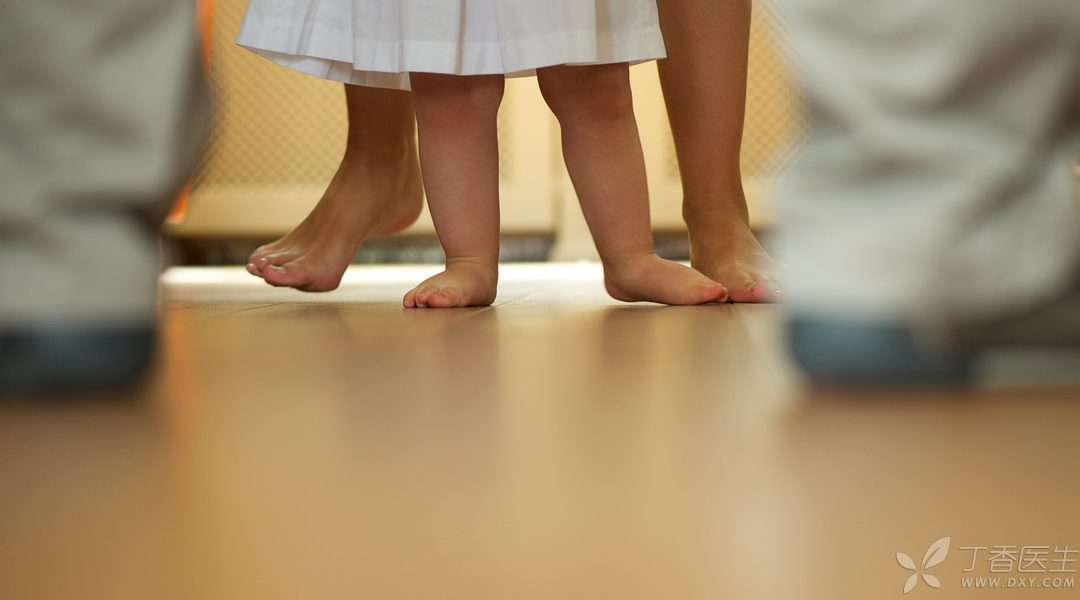
After the baby began to learn to walk, mothers faced a new problem on the road of child-rearing: how to choose the baby’s shoes?
Some people say that a harder sole is better and the baby can walk more steadily. Some people also say that the baby is comfortable to wear with soft soles. What kind of shoes are most suitable for the baby, and will wearing the wrong shoes cause what harm to the baby’s feet?
Today, Clove’s mother invited Feng Xueying, the attending physician of the Children’s Health Department, to tell us about the misunderstanding of the baby’s shoes and how to choose a pair of comfortable shoes for the baby.
Is wearing the wrong shoes harmful to what?
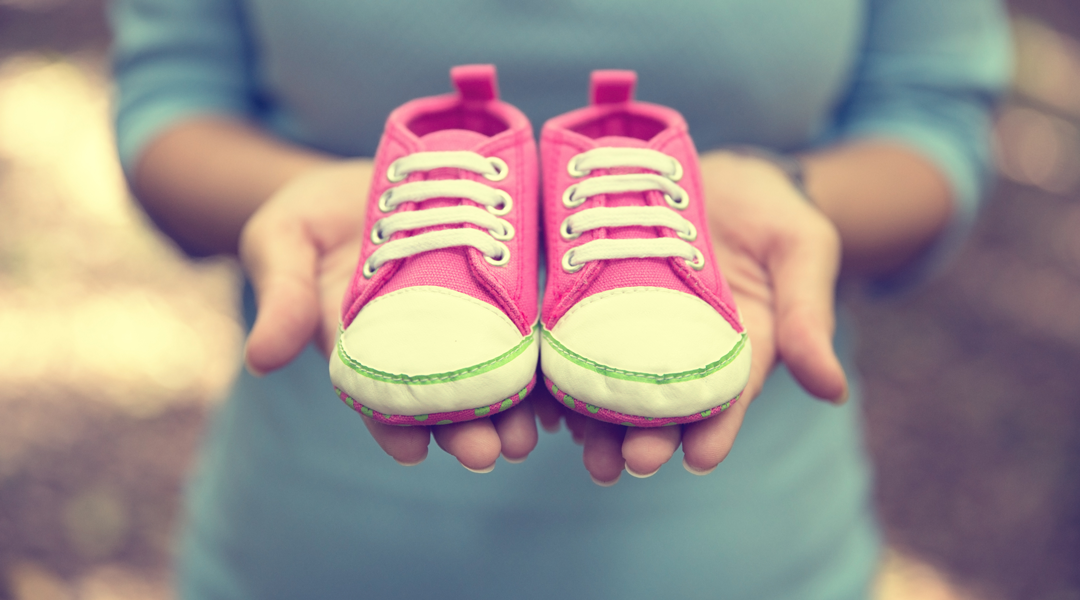
1. Too thin or too pointed toe cap will cause foot deformation and walking posture deformation, causing permanent damage to growing bones.
2. Softer soles are suitable for toddlers. For babies who have learned to walk, they are not conducive to stabilizing the foot shape and are easy to cause damage to ankle joints and ligaments.
3. Shoes are too large, which will not only affect the normal activities of the child, but also may lead to the baby’s foot turning varus or eversion. Shoes are too small, toes are squeezed, and deformation and deformity are easy to occur.
4. Some inferior shoes contain harmful substances and have poor air permeability, which slowly release harmful chemicals. If the baby wears such shoes, it is harmful to his health.
Therefore, baby shoes should not only be beautiful in appearance, but also conform to the growth and development laws and physiological characteristics of children’s feet. Toddler baby is in the stage of language budding, and cannot express his inner feelings very well, so the burden of choosing shoes for the baby falls on parents.
How to choose different shoes?
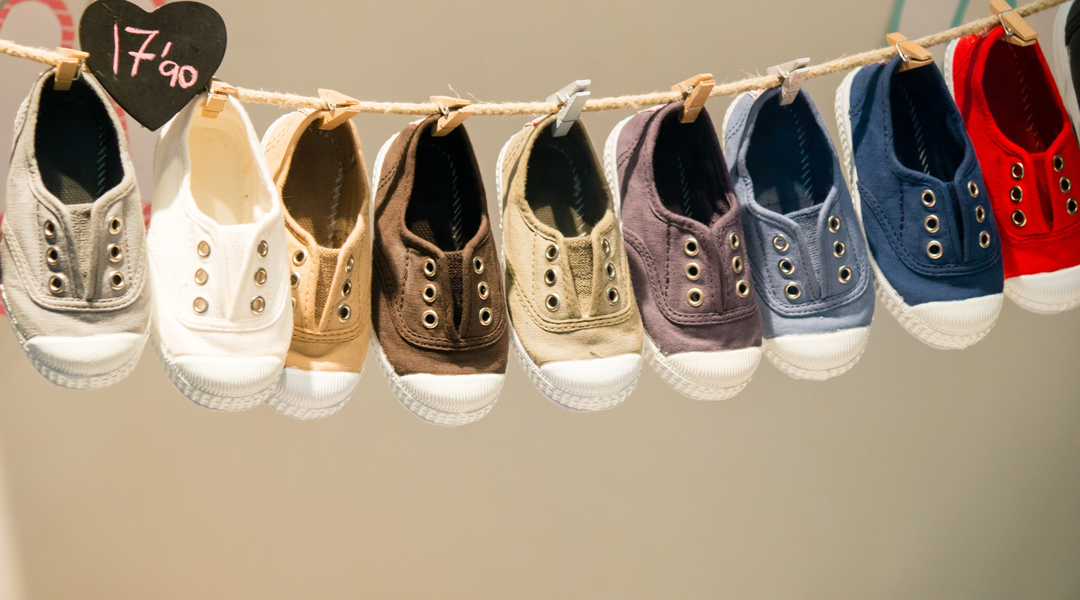
Step 1: Step forward shoes
It is suitable for babies who can crawl to the early stage of toddler, about 9 ~ 15 months old.
The material is cloth or thread weave. Choosing shoes with soft bottom material and good air permeability is conducive to baby’s activities and foot development. The most important thing is that the sole should have anti-skid design.
Note:
Cloth shoes or wool shoes must have no thread ends. Every year, there will be cases of ischemia and necrosis because the thread ends in the shoes tie the toes.
Many parents turn their shoes and socks over and wear them with the thread ends facing the outside, which is also a good practice.
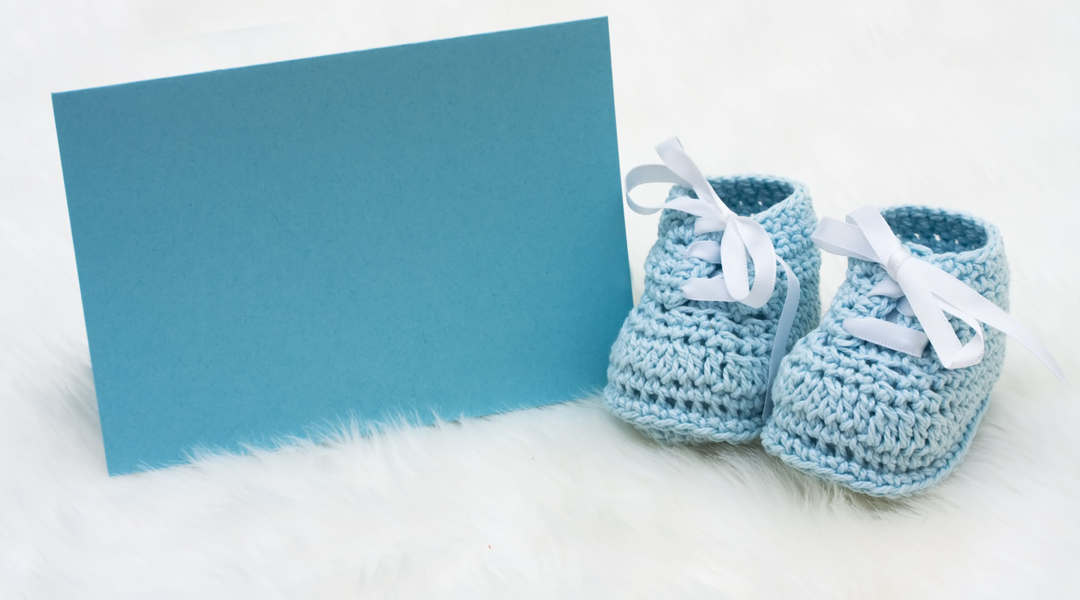
Step 2: Toddler Shoes
It is suitable for babies from early toddlers to skilled walkers, about 12 ~ 24 months old.
Toddler shoes require soft surface and good ankle wrapping. The sole should be soft with curved groove design, the forefoot is easy to bend, and also have good skid resistance. It is best to have a certain hardness heel cup and gentle arch pad to help stabilize the foot shape and cultivate correct gait.
Note:
The sole can’t be too thick, 5 mm or so, also can’t be hard. The sole is too thick to cause the nerve development of the sole to be poor, easy to wrestle. Very soft sponge pad shoes are not recommended either.
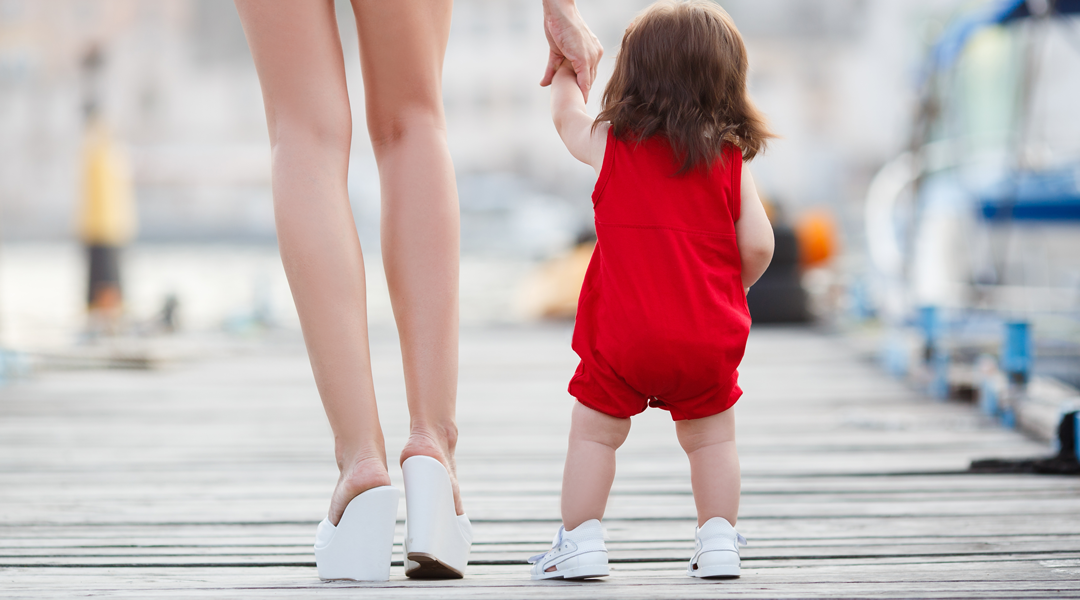
Step 3 Steady Shoes
It is suitable for babies who can already walk in a steady period, about 24 ~ 48 months old.
At this stage, the baby spends more time outdoors, so the upper and sole should have a certain degree of hardness and toughness, and the gentle arch pad should support the arch.
Hard heel cup can not only protect the baby’s soft ankle joint, but also effectively control foot eversion. The baby’s forefoot should be properly tightened to reduce the probability of flat feet.
Note:
The heel should not exceed 2 cm. High heel will move the center of gravity of the whole body forward, which is easy to cause body shape variation such as knee bending, buttock raising and waist bowing.
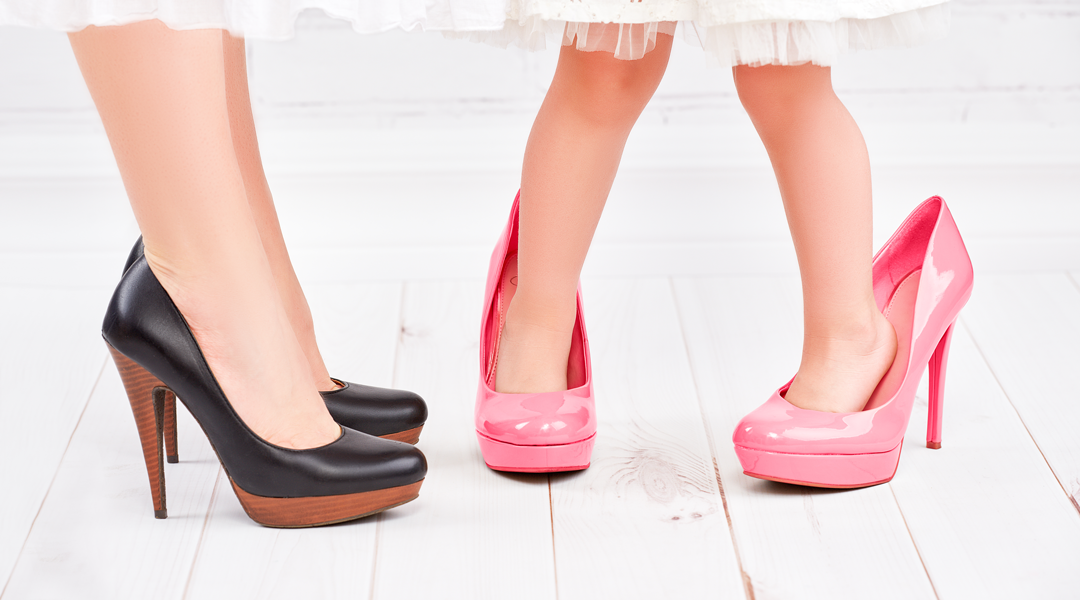
The type of shoes has been selected, is it OK to buy them according to the size? In fact, the size of children’s shoes of different brands may vary, so it is not recommended to buy them according to the size.
How to choose the right size for baby shoes?
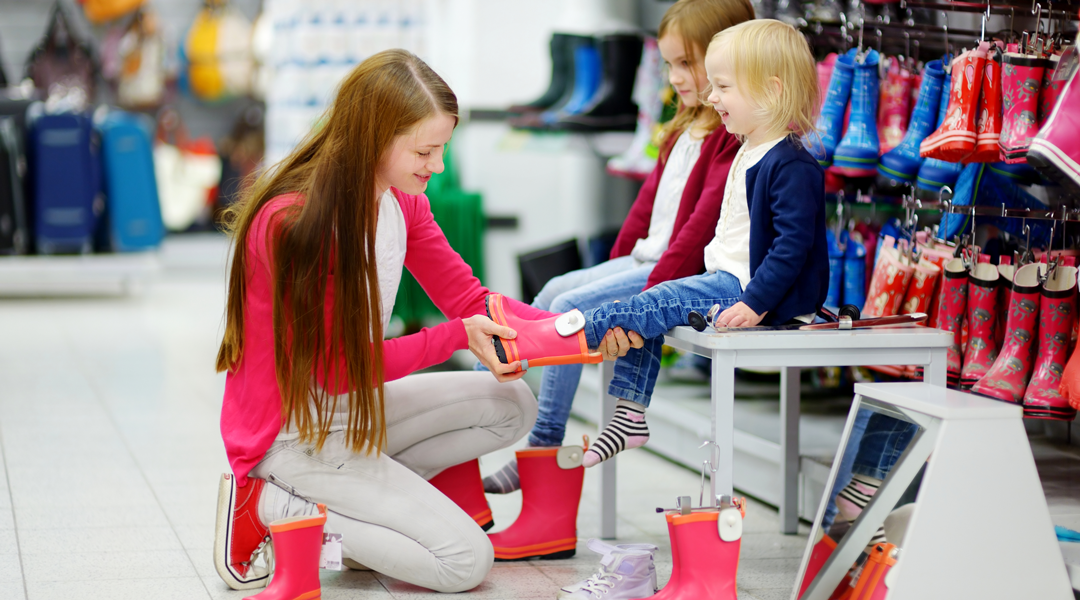
1. If you buy it in a physical store, it is best for your baby to try it on and buy it. This can not only intuitively see whether the shoes fit properly, but also allow your baby to participate in the process of choosing shoes.
2. If you can’t try it on, you need parents to accurately measure the baby’s foot length.
Measurement method:
Let the baby stand with his heel against the wall, his feet fully extended, and make a mark on the longest toe. The vertical distance between the wall and the mark is the net length of the baby’s feet. Note that both feet should be measured, and the length of the feet should be subject to the larger one.
When choosing shoes, the inner length of the shoes should be 0.5 ~ 1 cm longer than that of the feet. Canvas shoes are generally 0.5 cm larger. Sports shoes are generally 1 cm in size; The size of leather shoes is 0.5 ~ 1 cm; The size of boots is 1.5 ~ 2 cm; The size of slippers is 1 ~ 2 cm;
Seeing this, I believe mothers already fully know how to wear shoes for their babies and how to choose shoes suitable for their babies.
